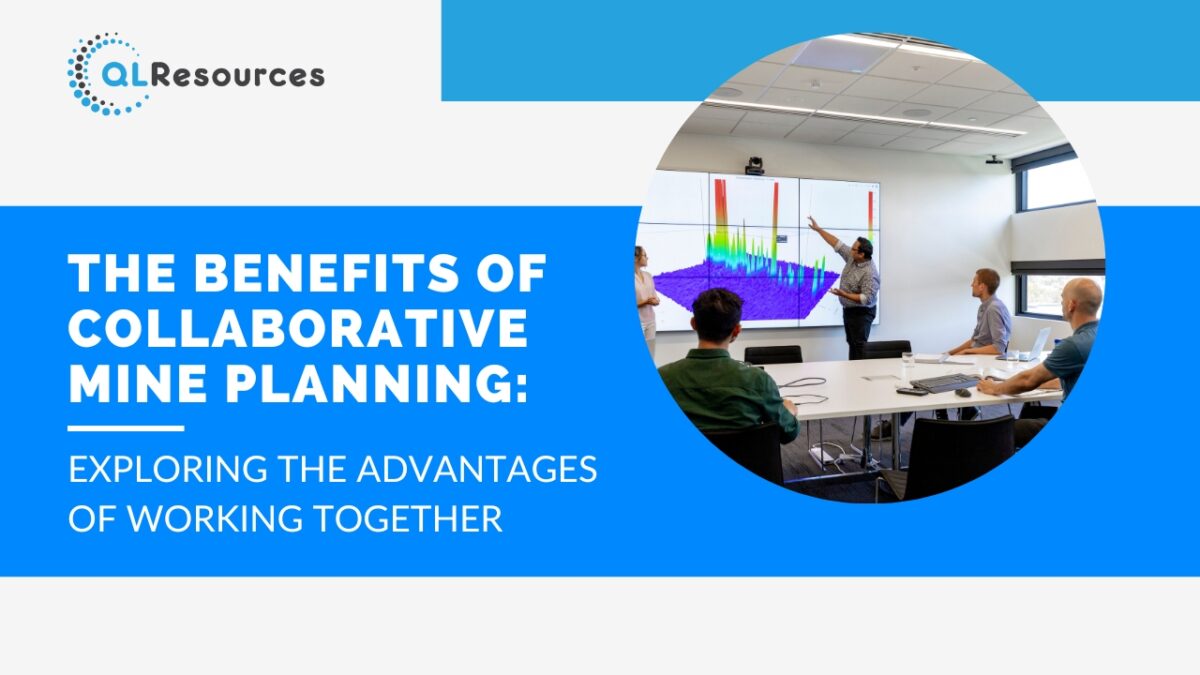Collaborative mine planning is an approach to mine planning that involves multiple stakeholders working together to develop a comprehensive plan for mineral extraction. This collaborative approach offers a range of benefits for mining companies, including improved efficiency, increased accuracy, and enhanced communication. In this blog post, we explore the advantages of collaborative mine planning in greater detail.
1. Improved Efficiency: Collaborative mine planning involves a coordinated effort between multiple stakeholders, including geologists, engineers, and production teams. This collaboration ensures that all stakeholders are working together towards a common goal, reducing duplication of effort and improving overall efficiency. This can result in faster project completion times and reduced costs.
2. Increased Accuracy: Collaborative mine planning involves the input of multiple stakeholders with different areas of expertise. This can result in more accurate and comprehensive mine plans, as each stakeholder brings a unique perspective and skillset to the table. By leveraging the expertise of all stakeholders, companies can develop more robust mine plans that take into account a range of factors, such as geology, production capabilities, and environmental considerations.
3. Enhanced Communication: Collaborative mine planning requires open and ongoing communication between stakeholders. This can lead to improved relationships between departments and more effective communication throughout the organization. By working together and sharing information, stakeholders can identify potential issues early on and work collaboratively to resolve them.
4. Reduced Risk: Collaborative mine planning can help to reduce risk by identifying potential issues and addressing them before they become a problem. By leveraging the expertise of all stakeholders, companies can develop more comprehensive mine plans that take into account a range of factors, including safety and environmental considerations. This can help to minimize the risk of accidents and other incidents, protecting both workers and the environment.
5. Improved Sustainability: Collaborative mine planning can help to improve the sustainability of mining operations by considering the long-term impacts of mineral extraction. By working together to develop comprehensive mine plans that take into account environmental considerations, companies can ensure that they are operating in a sustainable and responsible manner. This can help to build trust with stakeholders, including local communities and regulatory bodies.
In conclusion, collaborative mine planning offers a range of benefits for mining companies, including improved efficiency, increased accuracy, enhanced communication, reduced risk, and improved sustainability. By working together and leveraging the expertise of multiple stakeholders, companies can develop more robust mine plans that take into account a range of factors, ultimately leading to more successful mining operations.
Join our community and never miss an update! Subscribe to our newsletter and blog to stay up-to-date on the latest trends, tips, and insights in your area of interest. Don’t miss out on exclusive content and promotions. Sign up now and be a part of our growing community!
